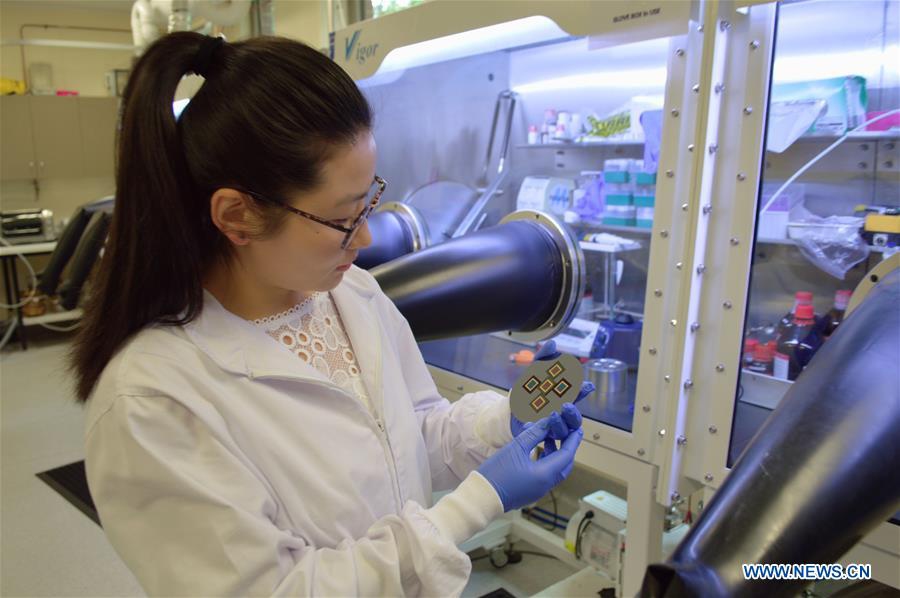我国自主研制出口海外的首台超大直径泥水平衡盾构机,打通了孟加拉国历史上第一条水下隧道——Chittagong Karnaphuli River Tunnel卡纳普里河河底左线隧道。
Ahmed, chief engineer of Bangladesh Bridge Authority, has said, “It has always been the dream of the people of Bangladesh to build a tunnel and we want to make Chittagong as good as Shanghai.” With the completion of the tunnel, the drive from Chittagong airport to the industrial park will be reduced from four hours to 20 minutes.
The Karnaphuli River Bottom Tunnel project in Bangladesh is an important part of the China-Bangladesh-India-Myanmar Economic Corridor, which is an important part of the country’s “One Belt, One Road” initiative to improve the Asian Highway Network. The shield machine used for tunnel boring is developed by CCCC Tianhe, with a diameter of 12.12 meters, length of 94 meters and weight of more than 2,200 tons, which is the first Chinese extra-large diameter shield machine to enter the overseas extra-large diameter shield market monopolized by developed countries. The single-lane shield section of the Karnaphuli River bottom tunnel is 2450 meters long, with a maximum tunnel cover depth of 31 meters and a design soil and water pressure of 0.59 MPa. The geology is mainly powdery sand, which is prone to sand liquefaction, mud cake on the cutter plate, cutting surface collapse, mud outlet blockage and other construction problems. CCCC-TIANHE has designed the shield machine specifically for this purpose, adopting many original technologies such as appropriate cutter disc anti-mud-cake design, mud-water system stratified backwash technology, intelligent anti-sedimentation control technology, and automatic control of mud-water circulation system. The shield machine has achieved the fastest 10 digging rings per day (2m/ring) and 171 digging rings per month during the construction. The shield machine was received in the form of a steel sleeve. After receiving, the shield crane will move horizontally and turn 180° to prepare for the second start of the right tunnel.
孟加拉大桥局总工程师艾哈迈德曾表示:“修建隧道一直是孟加拉国人民的梦想,我们希望把吉大港建设得像上海一样好。”隧道完工,吉大港机场至工业园的车程将从4小时缩短到20分钟。
孟加拉国卡纳普里河底隧道工程是中孟印缅经济走廊的重要一环,是国家“一带一路”倡议中的重要组成部分,对完善亚洲公路网。用于该隧道掘进的盾构机由中交天和研制,刀盘直径达12.12米、长94米、重2200余吨,是中国首台走出国门,进入由发达国家垄断的海外超大直径盾构市场的超大直径盾构机。卡纳普里河底隧道单线盾构段长2450米,隧道最大覆土深度31米、设计水土压力达0.59兆帕,以粉细砂地质为主,极易发生砂层液化、刀盘结泥饼、切削面坍塌、排泥口堵塞等施工难题。中交天和为此对盾构机进行了针对性设计,采用适宜的刀盘防结泥饼设计、泥水系统分层逆洗技术、智能防沉降控制技术、泥水循环系统自动控制等多项自创技术。该盾构机在施工掘进中实现了最快日掘进10环(2米/环),月掘进171环的好成绩。此次盾构机采用钢套筒形式接收。盾构机接收完成后,将平移并180°转体,进行该项目右线隧道二次始发准备。





